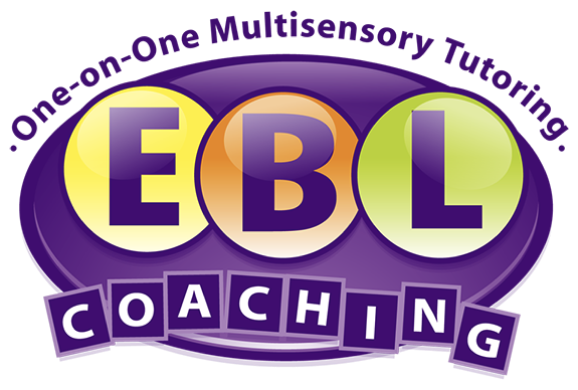
Making it Over the Math Hump!

When most parents were in grade school, excelling in math meant calculating the right answers. They were taught tricks for memorizing multiplication facts, dividing fractions, and remembering the order of operations for solving equations, often feeling a pang of excitement when they figured out a correct answer. Yet with the Common Core standards, which most states have now adopted, coming up with the correct answer is no longer the primary goal of teaching math. Instead, understanding the principles behind each problem and developing critical thinking skills have become key instructional goals. Yet for many children (and their parents), this “new” way of teaching math is overly complex, confusing, and downright frustrating. Students who once took pride in their math abilities now feel utterly discouraged. So what can you do to help your child?
Old Way vs. New Way
Let’s start by looking at the “old” verses “new” way of teaching math.
Imagine your child needs to solve the addition problem 8+9. When parents were young, they likely knew the answer simply from “drill and kill” – or memorizing the addition facts. Yet with Common Core standards, one way students might be asked to solve this problem is using doubles. They’d need to identify the closest double (8+8) and move upwards from there. 8+8=16, plus 1 equals 17. They might also look at a ten frame and see that 8 darkened circles on the frame plus 2 more circles gives us 10 circles (one complete ten frame), plus 7 more on another ten frame gives us 17 total circles.
Now let’s move to the problem 325-27. In the “old” days we learned a basic algorithm for solving subtraction problems with regrouping, starting on the right side, borrowing from the tens, and so on. Yet with Common Core standards, this problem might be solved with the “counting up” mathod – essentially “counting up” from the smaller number to the larger number using 10’s and 100’s. For example, we’d start with 27. We’d add 3 to get to the nearest 10 and therefore circle the 3. Then we’d add 70 to get to the nearest 100 and circle 70. Next, we’d add 200 more to get to 300 (and circle 200). Finally, we’d add (and circle) 25 to reach the larger number (325). Then we’d add together all of the numbers we circled to come up with the answer. Sounds complicated, right? It is, to many.
Yet the reality is that math instruction is not reverting back to the “old” way anytime soon. The days of memorizing equations and plugging in numbers are behind us, and the wave of understanding and applying math concepts is here to stay, at least for the near term.
So what’s a parent to do?
1. Get to know the math curriculum your child’s school is using. Look for parent resources online. Ask the principal of your child’s school to set up parent workshops so you can learn more about the curriculum. Embrace the change and do what you can to understand this way of teaching.
2. Try not to teach your child “your” way to solve a problem when his teacher is emphasizing a different way. This will only confuse him even more!
3. Since many parents themselves struggle with this new style of math, use it as an opportunity to teach your child to advocate for herself. If she is struggling with a concept, encourage her to ask her teacher for clarification rather than reeling in frustration. She can learn how to solve the problem the “Common Core” way and then even become your teacher, teaching you this new way of coming up with an answer.
4. Let your child know that this approach is confusing for you too and that it’s okay! In life we all struggle with different problems and we can find a way to figure out how to get through them. Share the success of moving from an utterly confused to an utterly satisifed state by finally understanding this new way of approaching a problem.
5. Many parents feel strong disdain towards Common Core-style math. They feel that “their” way (the old way) is is simpler, clearer, and downright better. Don’t share these thoughts with your child. The “new” math is the “new” reality. You can share your views privately with your child’s teacher or principal but avoid sharing them with your child, or you will likely create deeper frustration.
There are many benefits to Common Core-style math. Learning to think critically, estimate, and understand math are all valuable skills that will help your child excel in the long run. Think of the “old” style you learned for solving math problems as simply different. Embrace this new style and encourage your child to find pleasure and success in making it over this high but surmountable mountain.
